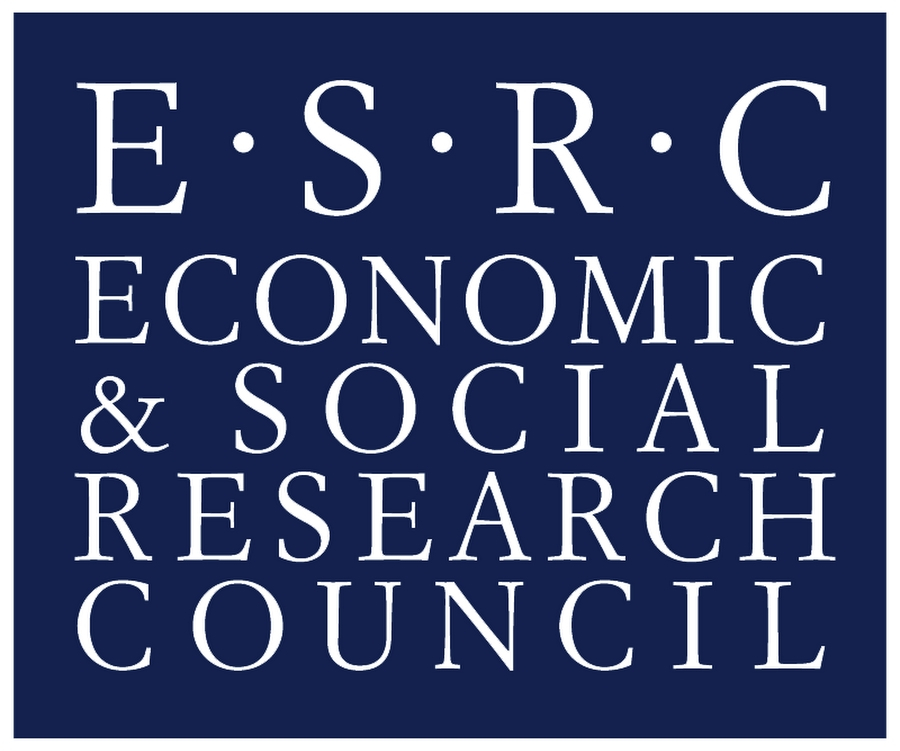
This week, ESRC GPID Director, Andy Sumner, concludes the set of blogs on structural transformation and inclusive growth in South East Asia.
Malaysia, Indonesia and Thailand are examples of countries which have achieved structural transformation with growth that was inclusive in various senses.
On this week’s blog, we ask: how did Malaysia, Indonesia and Thailand achieve such rapid economic and social transformation in a relatively short space of time? Or, in other words, what does the experience of those countries imply for theories of economic and social transformation?
Malaysia, Indonesia and Thailand achieved rapid economic and social transformation in a relatively short space of time.
The experience of Malaysia, Indonesia and Thailand in achieving economic and social transformation, albeit within parameters previously discussed in this set of blogs, has three implications for theories of economic and social transformation.
First, what was achieved in South East Asia was a product of a state–elite nationalistic pact of intra-elite cohesion, or at least the conflict within elites was individual rather than structural between groups. The regimes maintained their social basis through rising living standards, and the visibility of the fruits of growth in terms of physical infrastructure, employment growth, and cheap, widely available and affordable basic foodstuffs.
Second, what was achieved in South East Asia was a product of the hyperactive state in the extensive protection of domestic capital, and selective management of international capital (which unravelled in the case of managing international financial capital in the late 1990s). It was also the product of the counterbalancing of the prevailing inequality currents associated with structural transformation, though not through traditional redistributive policies (e.g. transfers) but managing divergences; that is, in the fault lines of inequality that structural transformation-led capital accumulation tends to exacerbate. Governments in Malaysia, Indonesia and Thailand in each period ensured that domestic capital was afforded substantial support and wide-ranging protection from international competition in numerous ways, and openness to international capital was highly selective in production. What was achieved in Malaysia, Indonesia and Thailand was a product not of getting prices ‘wrong’ or ‘right’, but of the inseparability of the state and markets, or a vindication of Polanyi in terms of the state as the ‘handmaiden’ or ‘regulator’ of economic development. In short, there is much resonance with heterodox theory on the essential role of the state in late economic development.
Third and finally, with an eye again to heterodox theory, what was achieved in South East Asia was a product of fortuitous changes in global capital accumulation and the global economy that would be difficult to replicate. This included the Cold War context and the threat domestic communist movements posed to the existing social structure, which induced a strong sense of elite cohesion. There was also economic fortune in terms of exchange rate movements and geographical location, as well as interest rate differentials and the temporal fortune of industrialising whilst China was ‘sleeping’ and had not yet entered the global economy fully. Such good fortune can of course reverse, as happened vis-à-vis many of these circumstances.
If the scholars of heterodox theory were asked today – meaning a broad set of scholars including Lewis, Kuznets and Prebisch, Singer, Furtado, Myrdal, Sunkel or Cardoso, Dos Santos, Frank, Baran, Warren, Sweezy, Wallerstein, Arrighi or Emmanuel – what would they say?
They may well feel vindicated about many aspects of their theorising, even if none were perfect, and the heterogeneity of late capitalism undermined any claims to a unifying theory. They would certainly have noted the persistent importance of the state in late development and the role the global economy plays in late-late industrialisation.
They would have argued that what was achieved in South East Asia demonstrated that much heterodox theorising remains relevant in some way in terms of the structural barriers, dependency and subordination which persist. Developmentalism in various guises has made substantial achievements and has the ability to reincarnate after each crisis, but even middle-income developing countries can remain subordinate despite higher levels of economic development. In this way, peripherality is reproduced because of the changing nature of industrialisation, from infant industry building, which comprises vertically integrated production controlled by the reins of the state, to a horizontal integration of developing countries into global value chains, the reins of which sit with international capital. Looking ahead, visible signs of the persistent nature of dependency and subordination that developing countries seek to overcome can be seen in slowing growth rates, premature deindustrialization and weaker employment growth.
The future prospects for economic development in South East Asia are unclear given such emerging issues. Certainly, for Malaysia and Thailand, political turbulence still prevails as an undercurrent to some extent.
In all three countries – Malaysia, Indonesia and Thailand – three interrelated economic issues are likely to become more pressing in the not-too-distant future: first, the extent to which premature deindustrialisation is (i) real and (ii) a problem vis-à-vis productivity growth and employment growth, and the extent to which the service sector might provide productivity growth and employment growth, or whether a new kind of developmentalism will energise manufacturing sufficiently.
Second, and related, is the issue of weakening employment growth or jobless growth, by which we mean, not literally growth with no employment creation, but a weakening growth elasticity of employment.
Third, the contested ‘middle-income trap’, by which we mean a growth slowdown or more accurately, a weakening of productivity growth at middle income, rather than a literal trap.
What is clear is that Malaysia, Indonesia and Thailand are in the process of shifting towards service-dominated economies without fuller industrialisation. How much this matters depends on the view one takes of the importance of manufacturing in terms of its potency for economic growth, productivity, labour absorption and trade.
In each of Malaysia, Indonesia and Thailand, the share of manufacturing in value added and employment plateaued or turned down following the Asian financial crisis, though the precise timing differs. The decline in Indonesia was early, around 2000; in Malaysia, it was in the mid-2000s; and in Thailand, the plateauing was more recent. However, the first, Indonesia, is at a much lower level of income per person than Malaysia or Thailand. One potential impact of premature deindustrialisation is the slower growth in output and in employment growth, as experienced in the last decade. One causal factor is the commodity boom of the 2000s, which has led to larger natural resource sectors, real exchange rate appreciation, and a squeeze on other tradeable sectors. Although the commodity boom has subsided to some extent, competition from labour-intensive manufacturers such as China and Vietnam and new South East Asian countries, is likely to intensify rather than disappear.
All of which points towards the enduring importance of studying (i) structural transformation and the labour transition that Lewis and Kuznets and heterodox theorists considered important, and further, (ii) the role of the global economy and the terms of integration into it and (iii) the role of the state overseeing economic development and neutralising the forces of inequality unleashed by structural transformation.
As South East Asia looks to the future, these issues, along with how so much has been achieved, remain pressing economic and social concerns, given that structural barriers and forms of peripherality persist, despite much higher levels of economic and social development.
Andy Sumner is a Reader in International Development in the Department of International Development, King’s College London. He is Director of the ESRC Global Poverty & Inequality Dynamics (GPID) Research Network.
Related reading
| Briefing paper 12 | Andy Sumner | Is the Lewis Model of Economic Development still Relevant to Developing Countries? | 20/04/2018 |
| Briefing paper 13 | Andy Sumner | Trickle Along not Trickle Down? Inequality and the Lewis Model of Economic Development | 20/04/2018 |
| Country Note 1 | Arief Yusuf and Andy Sumner | Poverty, Inequality, and Structural Change in Indonesia | 29/09/2017 |
| Country Note 2 | Kunal Sen | Poverty, Inequality, and Structural Change in India | 29/09/2017 |
| Country Note 3 | Sergio Firpo and Renan Pieri | Structural Change and Wage Inequality: the Brazilian Case | 29/09/2017 |
| Country Note 4 | Morné Oosthuizen | Poverty and Inequality in South Africa | 29/09/2017 |
| Briefing paper 4 | Cinar Baymul and Kunal Sen | What Do We Know about the Relationship between Structural Transformation, Inequality and Poverty? | 29/09/2017 |

